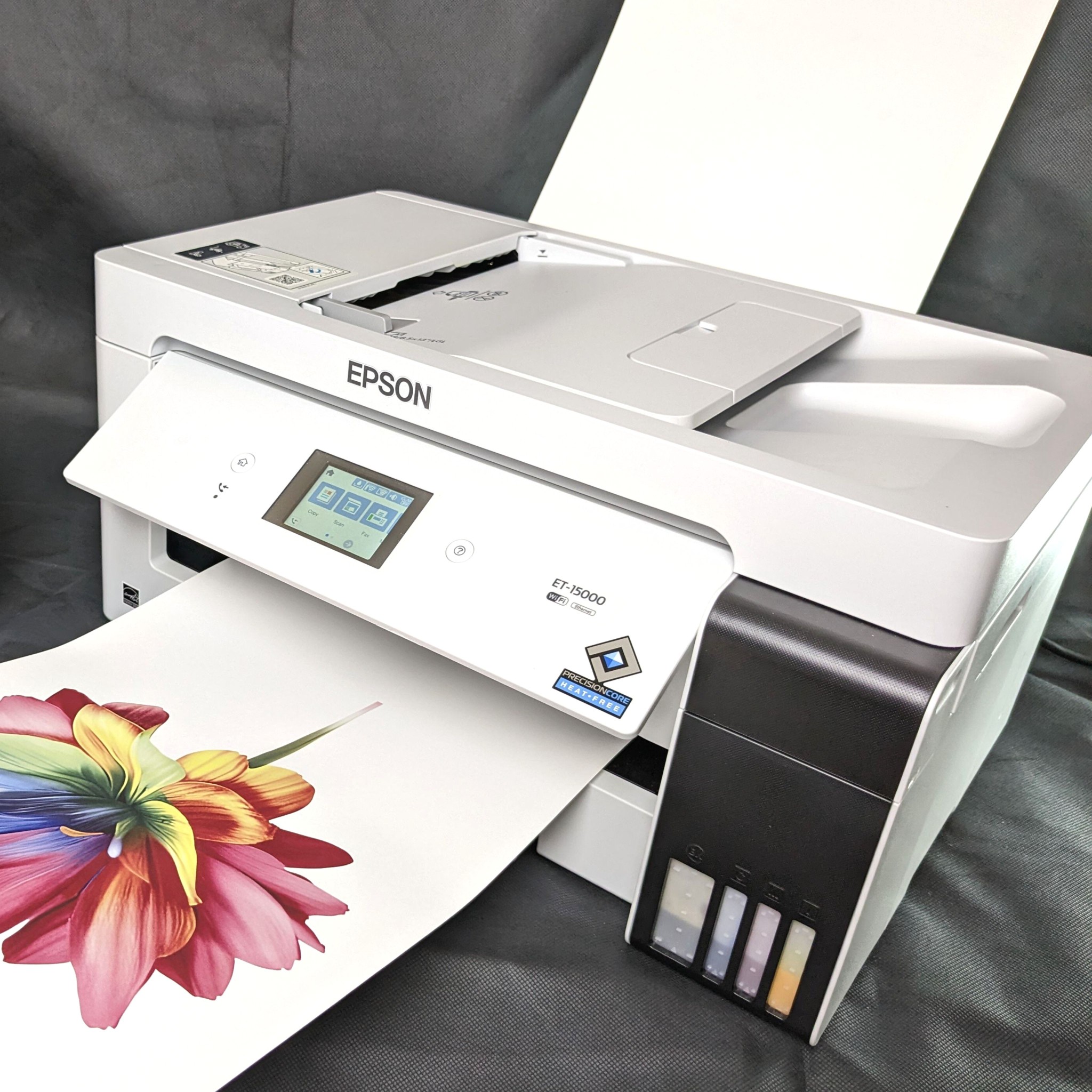Discover the very best Branded Clothing for every single Celebration and Design
Discover the very best Branded Clothing for every single Celebration and Design
Blog Article
A Comprehensive Guide to the Various Kinds Of Cloth Printing Techniques
Each approach, from the meticulous craftsmanship of block printing to the fast effectiveness of display printing, offers special objectives and uses distinctive advantages. Digital printing's flexibility and environmental awareness stand in stark contrast to the swift customization of heat transfer printing.
Block Printing
Block Printing, one of the earliest methods of textile decoration, has a rich background that dates back to ancient civilizations. The procedure includes sculpting intricate designs into wood blocks, which are after that dipped in color and pushed onto material to create patterns.
The accuracy and craftsmanship associated with block printing make it a labor-intensive procedure, however it also permits a high degree of customization. Artisans can develop one-of-a-kind patterns by integrating different blocks or varying the application of dye. This adaptability has added to the long-lasting popularity of block printing in both modern and standard textile style.
Block printing is particularly valued for its visual high qualities, consisting of the minor variations in pattern and color that result from the hand-printing process. These imperfections lend an unique character per piece, differentiating it from mass-produced materials. In spite of advances in modern-day printing modern technologies, obstruct printing stays a cherished strategy, celebrated for its historical significance and imaginative worth.
Screen Printing
Screen printing, an additional prominent fabric decor strategy, has reinvented the sector with its efficiency and adaptability. This method includes developing a pattern, called a display, and using it to use layers of ink on the printing surface. Each shade in the design requires a separate display, which enables vivid and complex multi-colored prints.

One of the vital benefits of display printing is its adaptability to different kinds of textiles, including cotton, polyester, and blends. This strategy is especially ideal for large-volume orders because of its cost-effectiveness and rate. The sturdiness of the prints is an additional significant benefit, as the ink bonds well with the fabric, making sure durable designs that endure several laundries.
The procedure starts with preparing the displays by layer them with a light-sensitive emulsion. As soon as dried, the style is moved onto the emulsion-coated screen utilizing a UV light. The subjected locations harden while the unexposed components are gotten rid of, developing a stencil. Ink is then pressed with the stencil onto the material utilizing a squeegee.
Display printing is extensively made use of in the fashion business, marketing items, and custom-made clothing. Its capability for premium, thorough prints protects its status as a keystone technique in textile printing.
Digital Printing
Digital printing has actually quickly become an innovative method in the textile industry, leveraging advanced technology to create high-resolution designs straight onto textile. Unlike traditional techniques, digital printing utilizes inkjet printers to down payment pigment or dye-based inks onto fabrics, making it possible for dynamic and detailed patterns with a remarkable level of detail and shade precision.
One of the key benefits of digital printing is its flexibility. This approach permits on-demand printing, which dramatically sites lowers waste and reduces inventory prices. Furthermore, it sustains short runs and customized designs, making it perfect for bespoke tasks and limited-edition collections. The elimination of screens and various other arrangement needs additionally boosts effectiveness, reducing manufacturing time and labor costs.
Moreover, electronic printing is eco-friendly. screen printing. It utilizes water-based inks and requires much less water and energy contrasted to standard methods, aligning with sustainable methods. The accuracy of digital printing additionally permits the use of a bigger variety of fabrics, consisting of cotton, silk, polyester, and blends, making certain flexibility throughout different applications
Heat Transfer Printing
Just how does warmth transfer printing change textile style? Warm transfer printing includes using warm and pressure to move a style from a specifically formulated paper onto you could try these out material.
One of the primary advantages of heat transfer printing is its capability to produce high-grade, thorough photos swiftly and efficiently. It is particularly appropriate for little production runs and customized orders, making it a popular selection for individualized garments and marketing products. In addition, this technique is versatile, accommodating various types of fabrics consisting of cotton, polyester, and blends.
In addition, warm transfer printing is fairly economical contrasted to various other techniques, as it needs minimal configuration and lower initial financial investment - heat transfer vinyl printing. This price, paired with its capability for creating dynamic, resilient prints, underscores its pivotal role in modern-day fabric style

Dye Sublimation Printing
Dye sublimation printing, a sophisticated material printing method, uses unrivaled vibrancy and long life for styles on numerous synthetic textiles. The printed transfer paper is after that positioned on the textile, and both are subjected to high warmth and stress using a warmth press.
One of the crucial advantages of find color sublimation printing is its capacity to generate continuous-tone prints with complex details and vibrant colors. Unlike other printing methods, the color comes to be part of the material instead than resting on top of it, resulting in a breathable and soft finish.
Final Thought
Block printing is revered for its artisanal quality, while display printing is useful for high-volume manufacturing. Digital printing gives flexibility and environmental advantages, whereas warmth transfer printing is suitable for quick modification.
Each approach, from the careful craftsmanship of block printing to the quick performance of screen printing, offers one-of-a-kind purposes and uses distinctive benefits. Digital printing's versatility and environmental awareness stand in stark comparison to the speedy customization of heat transfer printing. In spite of advancements in modern printing modern technologies, obstruct printing stays a treasured technique, celebrated for its historical significance and imaginative worth.
Dye sublimation printing, a sophisticated textile printing method, offers unmatched vibrancy and long life for designs on different synthetic materials. Digital printing gives convenience and ecological benefits, whereas warmth transfer printing is excellent for rapid customization.
Report this page